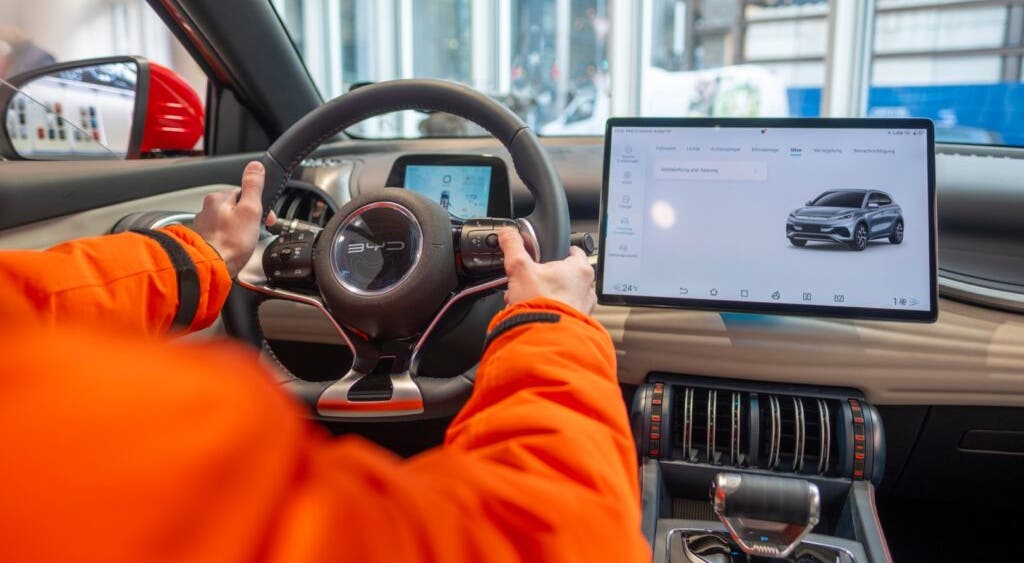Tesla's Chinese Rivals BYD, Xpeng Embrace Nvidia's DRIVE Thor Platform To Boost Autonomous Ambitions BYD, Xpeng, Nvidia, Elon Musk, Tesla Inc., Dojo supercomputer by https://www.benzinga.com/

AI Insights:
Simple Explanation:
Two big Chinese car companies, BYD and Xpeng, are using a special computer system made by Nvidia to help them make better self-driving cars. This computer system is also used by Tesla, an American car company that wants to make self-driving cars too. Read from source...
Critical Perspective:
- The article is mainly focused on promoting Nvidia's products and partnerships with Chinese EV makers BYD and XPeng. It does not provide a balanced view of the competitors or other alternatives in the market.
- The article uses hyperbolic language to describe the features and capabilities of Nvidia's DRIVE Thor platform, such as "feature-rich cockpit", "level 4 driving", "AI Brain". These terms are vague and not clearly defined, making them sound more impressive than they actually are.
- The article relies on quotes from Nvidia executives and press releases to support its claims, without providing any independent verification or evidence of the performance or benefits of the platform. It also does not mention any potential drawbacks, challenges, or risks associated with using Nvidia's technology.
- The article makes a false comparison between Tesla and BYD/XPeng by implying that they are all competing for autonomous driving, when in fact Tesla is far ahead of them in terms of advancements and innovation. It also suggests that Tesla's delay in achieving autonomous driving was caused by a shortage of computing power, when in reality it was due to several other factors, such as software complexity, regulatory hurdles, ethical issues, etc.
- The article ends with a promotional link to Benzinga's Future Of Mobility coverage, which seems to be an attempt to generate more traffic and revenue from the readers, rather than providing them with useful information or insights.